Know Your Forest: Lake Tahoe Trees
By: Lake Tahoe Staff
By: Lake Tahoe Staff
“The clearest way into the Universe is through a forest wilderness.” ― John Muir
Here are some of the most common trees at Lake Tahoe:
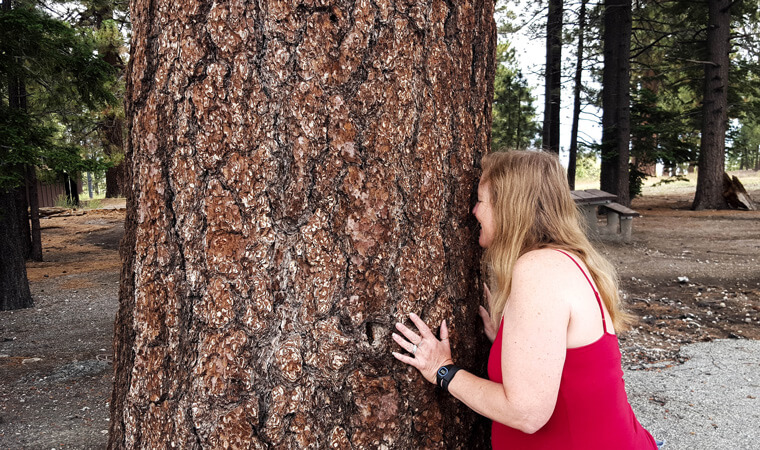
The Jeffrey Pine is the most common tree in the Lake Tahoe Basin. It has longer needles than any other pine in the Basin (7-11” long). Its bark is distinctive from all other pines because of strong resins which give the bark a vanilla or pineapple odor. If you think you’re looking at a Jeffrey, put your nose right up to the bark and take a sniff!
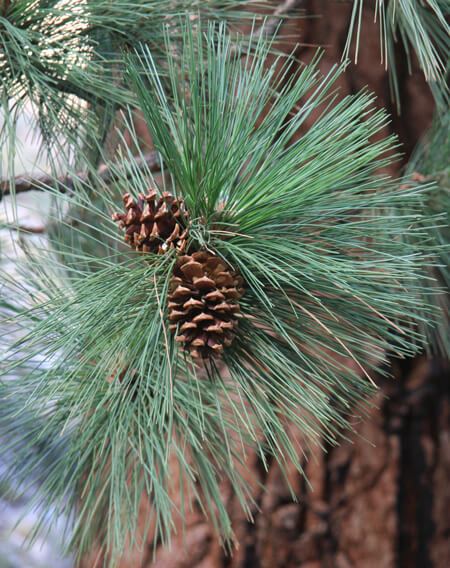
This tree is very similar to the Jeffrey Pine but not as common to the area. One way to tell the two apart is by their cones. The cones on the Ponderosa have prickles which stick out and make the cones difficult to hold. The Jeffrey’s cones have prickles that point inward. A good way to remember the difference is “prickly Ponderosa” and “gentle Jeffrey.”
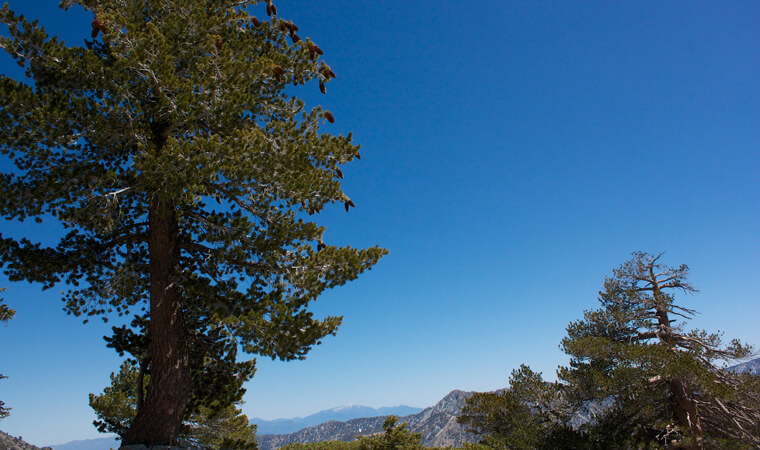
The Sugar Pine is the tallest, largest and most magnificent of all the pines. This 5-needled pine is easily recognized at a distance by the long, pendulous cones that hang down from the tips of the higher branches. It has longer cones than any other conifer species (up to 12” or more!).
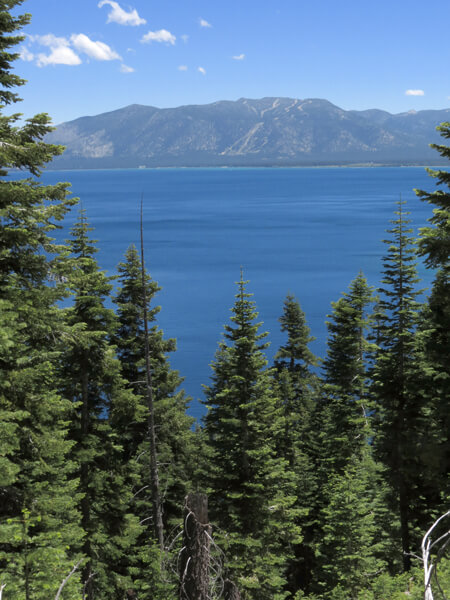
The White Fir is the second most common tree in Lake Tahoe. Old trees make excellent wildlife refuges because of large cavities that often form in White Fir. White Fir cones break apart at the top of the tree, so are rarely found on the ground.
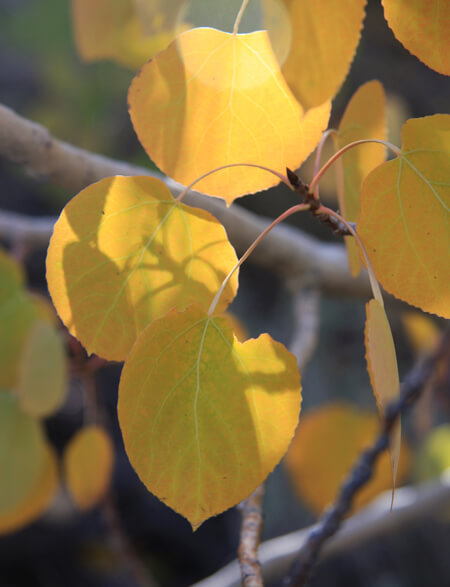
This tree derives its name from leaf stems that quiver with just the slightest breeze. In autumn, the Aspen cloaks the Lake Tahoe Basin in a golden-yellow blaze of color. Aspen root systems are completely interconnected and new trees typically sprout from the roots rather than seeds. Aspens are technically considered the largest living organism in the world because each grove with interconnected roots is considered one living system.
What types of trees have you seen on your travels around Lake Tahoe?
Lodging in Lake Tahoe